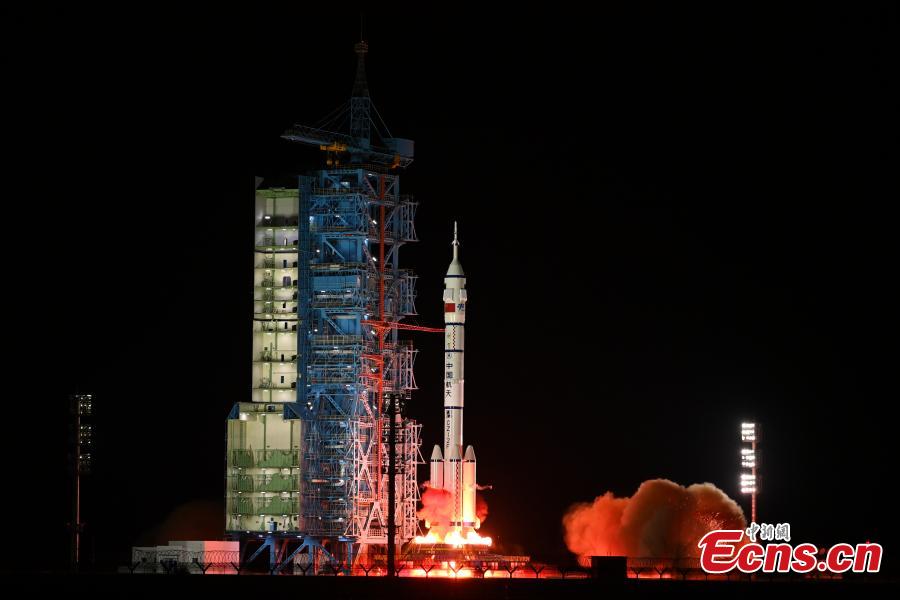
When the devastating Loma Prieta earthquake struck on Oct. 17, 1989, Lucas Valley resident Kelby Jones was at work in the former Fireman’s Fund building in Novato. “The windows shook back and forth like they weren’t fixed to anything,” said Jones, who was on the top floor.
The magnitude 6.9 quake killed 63 people and caused more than $6 billion in damage in about 15 seconds in the Bay Area. Now, 35 years after the event, the U.
S. Geological Survey wants to hear stories from people who experienced it. “Everybody’s response gives us a bit more information about the shaking in different locations,” said Susan Hough, a scientist in the organization’s earthquake hazards program.
“If someone says they were thrown into the air, that suggests a very high level of intensity in their area.” “Human memories are fleeting,” Hough said. “Those stories can be valuable.
” Residents can share their experiences through the agency’s online reporting tool at usgs.gov/DYFLP . The system, introduced 10 years after the quake, allows users to file reports retroactively.
As of Oct. 8, the agency had received 11,552 responses for the Loma Prieta earthquake. Reporting experiences can also aid in research of other historic quakes and the understanding of future temblors, Hough said.
At the time of the Loma Prieta quake, Hough was in a post-doctorate program at Columbia University. Like many people across the nation, she was getting ready to watch the broadcast of the World Series at Candlestick Park, which ultimately was postponed. The next day, Hough joined a team of researchers who were deployed from New York to the Bay Area to study the aftershocks and piece together what happened.
Hough used instrumentation to analyze the portion of the Nimitz freeway built over bay mud in Oakland that collapsed. “We realized, it was very clear, that the bay mud shook more,” said Hough, who had graduated from the University of California at Berkeley in 1982 and was familiar with the area. “The sobering lesson of the earthquake is we began to understand how the ground shakes, and then understand how we can build structures that can withstand them,” Hough said.
Another lesson, she said, is making sure residents are prepared and practice safety. Hough said California residents have been conditioned by smaller earthquakes to think the threat of devastation is not all that serious. “The reason you commemorate and talk about these bigger earthquakes is that those are the ones we’re trying to get people warning for,” Hough said.
“Those are the ones that we want people to respond to appropriately: Drop, cover and hold on.” Marin is bracketed by two major faults: the Rodgers Creek-Hayward fault in San Pablo Bay and the San Andreas fault in West Marin. The USGS estimates a 72% chance of a magnitude 6.
7 earthquake in the Bay Area within the next 30 years. Since Loma Prieta, steps have been taken to prepare for the next large earthquake. Work has finished on the Richmond-San Rafael Bridge to allow the span to remain standing after an 8.
3 magnitude quake. The California Department of Transportation has spent tens of millions of dollars to retrofit key sections of Highway 101 at the Richardson Bay Bridge, the Corte Madera Creek Bridge and the San Rafael viaduct. The Golden Gate Bridge district is retrofitting the structure to withstand an 8.
3 magnitude quake. Julia Gonzalez, spokesperson for Sonoma-Marin Area Rail Transit, said the rail system was constructed with temblors in mind. “Our systems control is designed to stop trains from moving if a break in the track is detected,” Gonzalez said.
“In the event of an earthquake, based on magnitude and epicenter distance, SMART protocols halt train service so the track may be inspected prior to resuming train operations.” As far as emergency preparedness, Marin County Fire Department Chief Jason Weber said the Loma Prieta quake prompted authorities to create the Marin County Urban Search and Rescue Regional Task Force. “It was a new concept that we needed to be more nimble and more easily deploy resources more quickly than FEMA,” said Weber, referring to the Federal Emergency Management Agency.
“It gives us the ability to start rescues early in a large event.” The county’s Office of Emergency Services recently shifted to become part of the Marin County Fire Department. The goal is to ensure that the county is able to get “on it’s feet much faster,” Weber said.
“We want to minimize disruption,” Weber said. That said, Weber added, “preparedness starts in every household.” “Those to-go bags and preparations for wildfire that we’ve been teaching is applicable for any disaster, including an earthquake,” Weber said.
Jones, a leader of his Firewise-certified Lucas Valley Homeowners Association neighborhood of more than 500 homes, agreed. He said the organized effort for emergency preparedness in his community began after the Loma Prieta quake. “One of the things that disaster does is it raises awareness to the point where people will take action they hadn’t previously considered,” Jones said.
Jones suggested that homeowners prepare their properties with earthquake gas shutoff valves and practice earthquake drills at home. “Go to each room in your home and look around at what is the most safe and least safe area in that room,” Jones said. “It’s important to have orientation in mind.
You don’t want to figure it out when you’ve only got seconds to spare.” Residents can sign up for the the ShakeAlert earthquake warning system, managed by the USGS, at shakealert.org .
.










